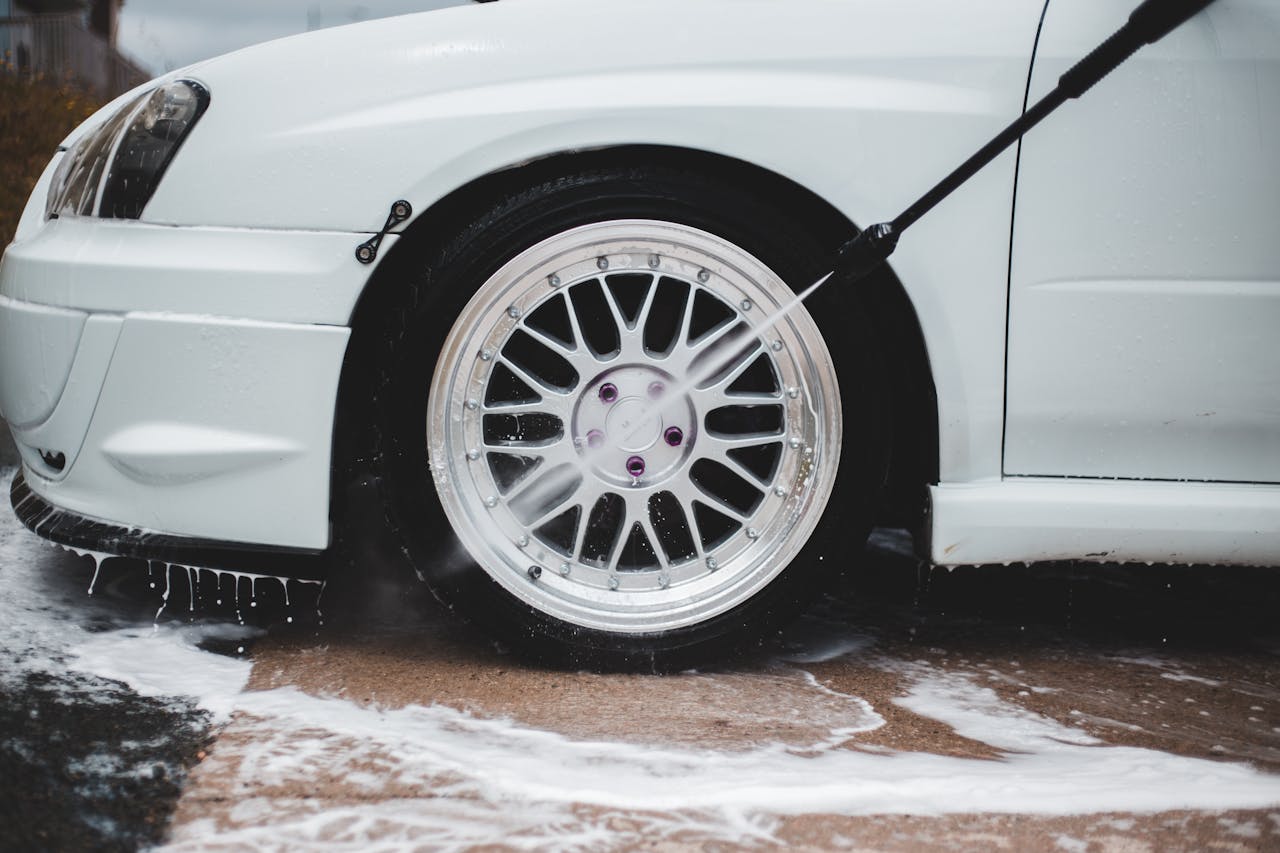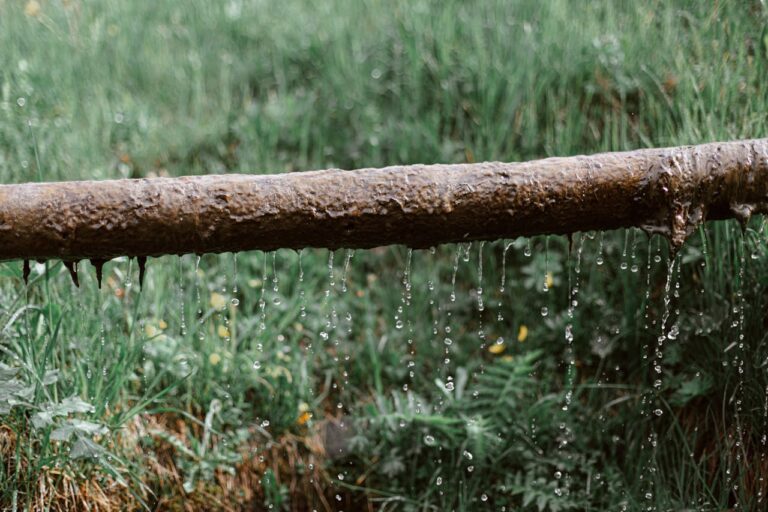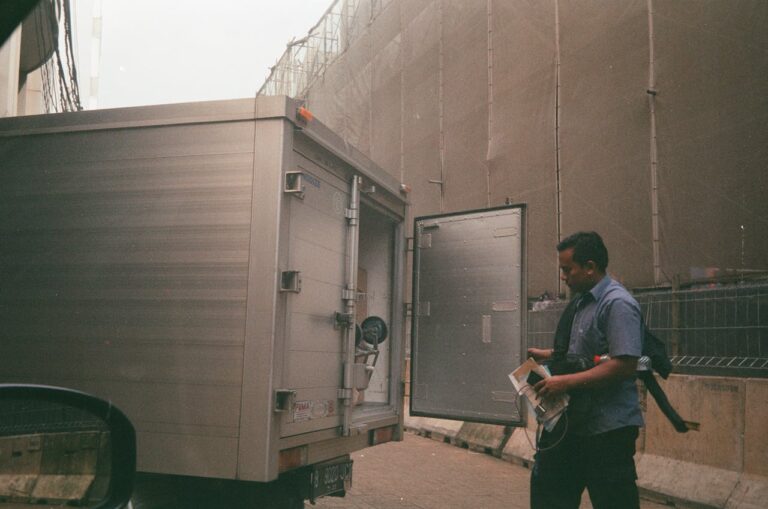
Cleaning the carburetor on your pressure washer is essential for maintaining optimal engine performance and preventing issues such as poor fuel efficiency, rough idling, and difficulty starting. Over time, dirt, debris, and fuel residue can accumulate in the carburetor, affecting its functionality. In this guide, we’ll walk you through the step-by-step process for safely and effectively cleaning the carburetor on your pressure washer, ensuring smooth operation and long-term reliability.
1. Gather the Necessary Tools and Materials
Before you begin cleaning the carburetor on your pressure washer, gather the following tools and materials:
- Screwdriver or wrench set
- Carburetor cleaner
- Compressed air canister or air compressor
- Safety gloves
- Safety goggles
- Clean cloth or paper towels
Having the right tools and materials on hand is essential for a successful carburetor cleaning. A screwdriver or wrench set will allow you to access and remove the carburetor from your pressure washer, while carburetor cleaner and compressed air are necessary for removing dirt and debris. Safety gloves and goggles protect your hands and eyes from potentially harmful chemicals and debris, while a clean cloth or paper towels help wipe down the carburetor components.
2. Turn Off the Pressure Washer and Disconnect the Spark Plug
Before you begin working on the carburetor, ensure that the pressure washer is turned off and the spark plug is disconnected to prevent accidental engine start-up. Allow the pressure washer to cool down completely before proceeding with the cleaning process.
Safety should always be a top priority when working on machinery such as pressure washers. Before you begin cleaning the carburetor, make sure the pressure washer is turned off and the spark plug is disconnected to eliminate the risk of accidental engine start-up. Allowing the pressure washer to cool down ensures that you can work on the carburetor safely without risk of burns or other injuries.
3. Remove the Carburetor
Using a screwdriver or wrench set, carefully remove the bolts or screws securing the carburetor to the engine of your pressure washer. Once the carburetor is detached, carefully disconnect any fuel lines or linkages attached to it.
Removing the carburetor from the pressure washer allows for easier access and thorough cleaning. Use the appropriate tools to loosen and remove the bolts or screws securing the carburetor to the engine. Take care when disconnecting any fuel lines or linkages attached to the carburetor to avoid damaging them or causing fuel leaks.
4. Disassemble the Carburetor
Once the carburetor is removed from the pressure washer, disassemble it carefully, taking note of the position and orientation of each component. Use caution to avoid misplacing or losing small parts, and refer to the manufacturer’s manual if necessary for guidance.
Disassembling the carburetor allows for a more thorough cleaning of its individual components. Take your time to carefully disassemble the carburetor, paying attention to the position and arrangement of each part. Keep track of any small screws, gaskets, or springs to ensure they are reinstalled correctly later. If you’re unsure about how to disassemble the carburetor, consult the manufacturer’s manual or seek guidance from a professional.
5. Clean the Carburetor Components
Using carburetor cleaner and a clean cloth or paper towels, carefully clean each component of the carburetor, including the jets, passages, and float bowl. Ensure that all dirt, debris, and residue are removed thoroughly, paying close attention to any areas that appear clogged or obstructed.
Cleaning the carburetor components is essential for restoring optimal fuel flow and combustion efficiency. Apply carburetor cleaner liberally to each component, using a clean cloth or paper towels to wipe away dirt, debris, and residue. Pay particular attention to the jets, passages, and float bowl, as these areas are prone to clogs and buildup. Use compressed air or an air compressor to blow out any stubborn debris from hard-to-reach areas.
6. Reassemble and Reinstall the Carburetor
Once all the carburetor components are cleaned and dried thoroughly, reassemble the carburetor in the reverse order of disassembly. Take care to ensure that each component is installed correctly and securely, referring to your notes or the manufacturer’s manual as needed.
Reassembling the carburetor is the final step in the cleaning process. Carefully reinstall each component in the reverse order of disassembly, making sure that all parts are aligned and seated correctly. Double-check your work to ensure that no components are missing or improperly installed. Once the carburetor is reassembled, securely attach it to the engine of your pressure washer using the appropriate bolts or screws.
7. Test the Pressure Washer
With the carburetor cleaned, reassembled, and reinstalled, reconnect the spark plug and turn on the pressure washer to test its operation. Pay attention to the engine’s performance, noting any improvements in fuel efficiency, idling, or starting.
Testing the pressure washer after cleaning the carburetor allows you to verify that the cleaning process was successful. Reconnect the spark plug and turn on the pressure washer, listening and observing the engine’s performance. If the engine runs smoothly and responds well to throttle inputs, you can be confident that the carburetor cleaning was effective. If you notice any issues or abnormalities, double-check the carburetor installation and consider repeating the cleaning process if necessary.
Conclusion
Cleaning the carburetor on your pressure washer is a vital maintenance task that helps ensure optimal engine performance and longevity. By following the step-by-step instructions outlined in this guide, you can safely and effectively clean your pressure washer carburetor, restoring proper operation and preventing future issues.






